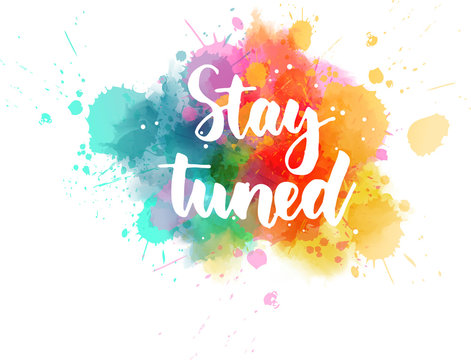As I mentioned in Major Project Update #1, I will develop a ready-to-use curriculum on digital citizenship and media literacy aimed at equipping newcomer youth with the knowledge and skills they need to thrive in the digital age. This course includes two lessons. Lesson one focuses on digital citizenship. Lesson two focuses on media literacy. I mainly focus on developing the content of digital citizenship this week. There are some updates as follows:
1. Develop the course objectives: I have demonstrated some learning objectives for digital citizenship. For example, upon completion of lesson one, students can demonstrate responsible online behaviour, understand digital footprint and how to protect personal information, understand how to be a good digital citizen, and how to take responsibility to be a good digital citizen.
2. Develop the course structure: there are five modules in the lesson one:
- Module 1: Definition & Vocabulary
- Understanding of key definitions and vocabularies
- Module 2: Safe Online Behavior
- Understanding of safe online behaviour and examples
- Module 3: Digital Trails
- Understanding of digital footprint and how it is created
- Module 4: Digital Citizen
- Learn how to be a good digital citizen
- Module 5: Our Responsibility
- What it means to be a good digital citizen and how to take responsibility
3. Develop the course delivery methods: participants will engage in group discussion, case studies, real-life scenarios, and hands-on exercises. The course will emphasize practical application and critical thinking.
4. Develop the course resources: I have prepared a variety of resources, including readings, videos, and online tools. I have used resources from different websites related to the course content, such as MediaSmarts and the Government of Canada.
5. Challenges: there are numerous resources available for learning about digital citizenship, but the abundance of options can be overwhelming. I need to critically think and make decisions to narrow down my choices of resources. For example, I prioritize to use the content from MediaSmarts. It is a Canadian non-profit organization that provides free digital and media literacy resources for educators, parents, and students.
6. Looking ahead: I almost completed creating lesson one about digital citizenship. Next week, I will start generating lesson two about media literacy. Stay tuned for more updates as I continue this important project.
